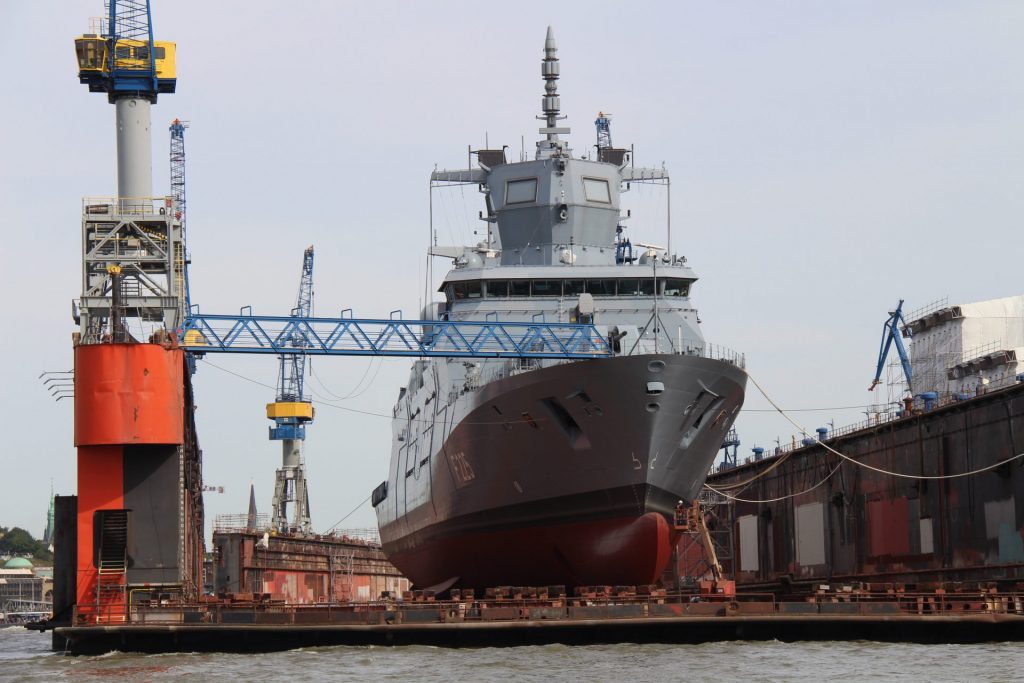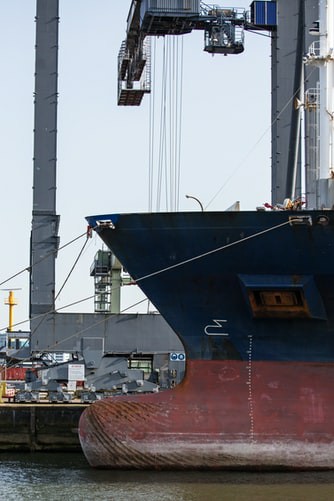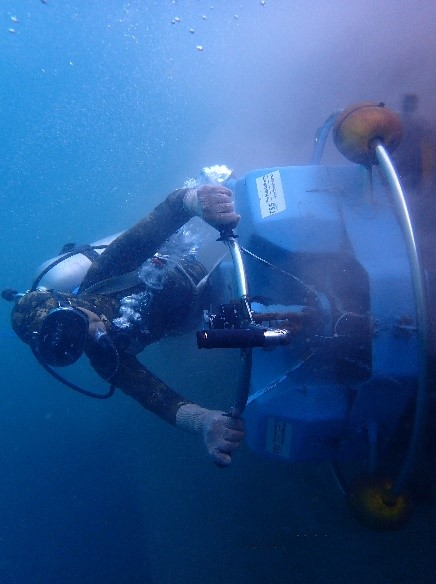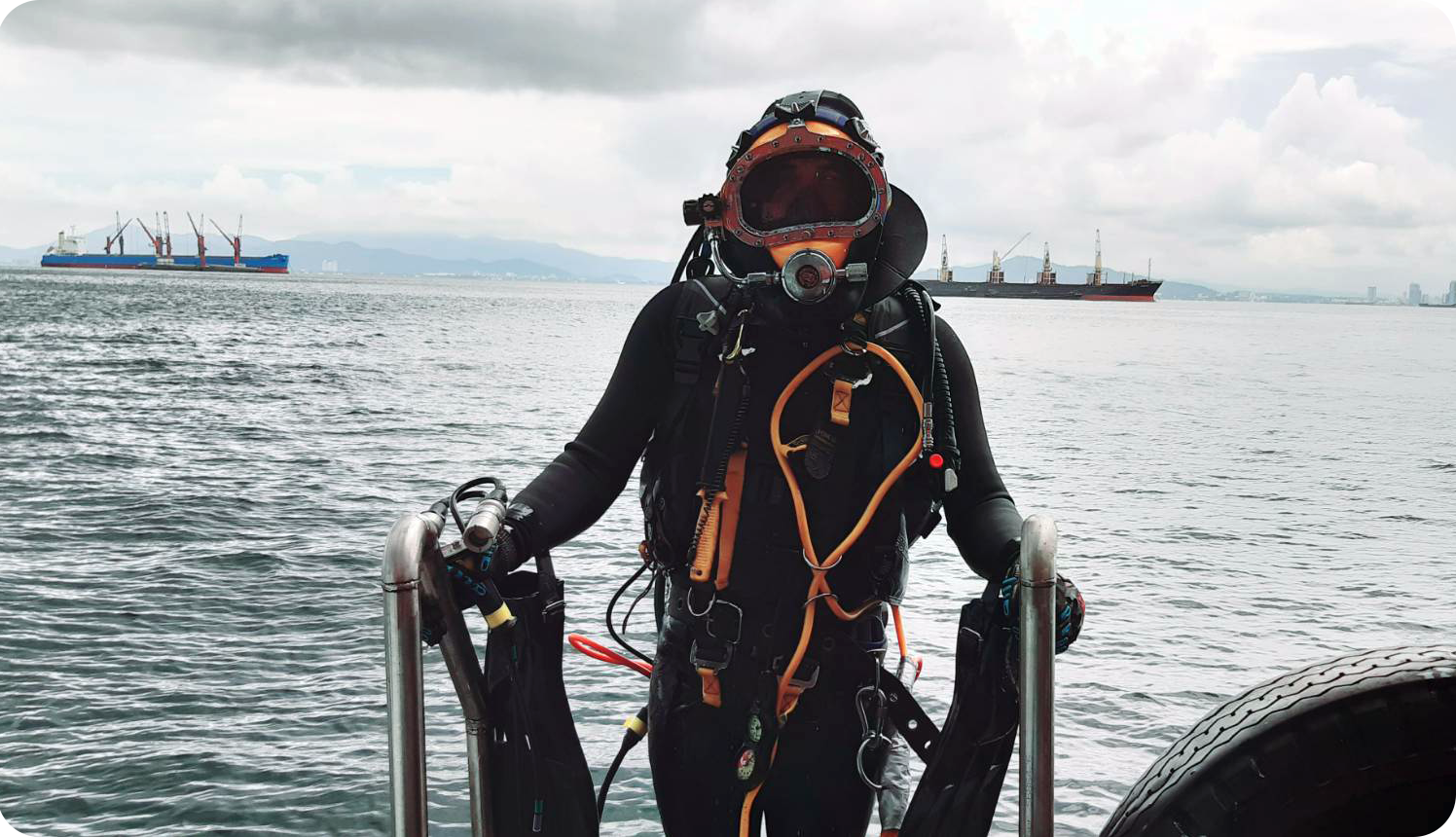
What are antifouling coatings?
In general, antifouling coatings are specialized paint systems that are applied to the underside of a ship during its construction or drydocking.
Their main purpose is to prevent the settlement and growth of unwanted marine species onto the wetted area of a vessel’s hull.
Additionally, these coatings act as a barrier from the harsh seawater environment in which the hull plating is submerged in. These coatings help protect the steel hull against abrasions and corrosion attacks which will eventually degrade and weaken the vessel.
The application of antifouling coatings improves the durability, performance, and safety of the vessel.
In summary, antifouling coating systems continue to play a huge role in decreasing not only the operational costs of a commercial vessel but contribute to the reduction of the total operating expenses and the unwanted transmissions of hazardous non-native marine species around the world.
What are the effects of marine growth to your ship’s operations?
Marine growth is responsible for generating huge operational losses for the shipping industry.
Marine growth or biofouling are commonly defined as the deposition and accumulation of microorganisms, plants, and animals on the ship’s hull immersed in sea water.
Fouling of the ship’s hull will result in speed reduction, increased fuel consumption, loss in time and money, and a higher frequency of dry-dockings.
Due to these reasons, it is in the best interest of the ship owners and their operators to use high-performance coatings that prevent antifouling growth and deterioration to the ship’s hull.
Antifouling Coating Systems
Biomimetic antifouling coatings
Biomimetic coatings are not typical antifouling paint. They are composed of various harsh synthetic chemical compounds that have serious deleterious effects to the environment.
The prime components are tributyltin compounds, which do a great job preventing biofouling from adhering to the ship’s hull but are especially hazardous to many marine organisms.
Research has shown that use of biomimetic antifouling coatings has caused interruptions to marine food chains.
Self-Polishing Coatings
Self-polishing resin and biocide coatings such as cuprous oxide are another useful types of antifouling system that helps prevent biofouling organisms forming on ships.
A Self-Polishing Copolymer (SPC) antifouling paint will release biocide at a nearly constant rate throughout its life. The self-polishing mechanism of an antifouling paint film ensures a consistent renewal of paint film and release of biocide on the surface to prevent settlement and attachment of biofoulants as the vessel moves through the water.
Hydrophilic Antifouling Coatings
Low energy, Hydrophilic antifouling coatings attempt to prevent or slow down the adherence of marine organisms to ship hulls.
The latest solutions provided by marine coating manufacturers formulate antifouling paint based on hydrogel technology. These coatings are comprised of a network of advanced polymer chains that absorb high amounts of water to create a water-like boundary layer. This water-like layer misguides the fouling organisms into believing that the hull is a liquid and solid surface and this minimizes protein and bacterial adhesion to the hull.

Other Alternatives to Self-Polishing Coatings
• Enzyme-based coating systems
• Biocide-free, two-component, fouling release coatings
• Copper-free antifouling coatings
• Self-adhesive/fouling-release coatings
• Nano antifouling coating
Consequences of damaged coatings
A ship’s hull is considered to be the main structural element of the ship. Maintenance and protection of the underwater part of the ship’s hull are very important in order to make navigation safer, to keep the ship in profitable service as long as possible, and to reduce the ship’s fuel consumption.
Failure to maintain an antifouling system is sure to cost the charterer and owner more money.
Why hull cleaning and underwater maintenance is your best choice?

Removing your vessel from the water to apply a new antifouling coating is expensive and usually impractical. Therefore, underwater hull cleanings may be your only viable option to ensure a clean, fouling-free hull.
Clean hulls mean faster journey times, less fuel, fewer emissions, lower operating costs, and lower risk of transferring non-native species around the world.
Hull cleanings are applicable for all vessel types and can generally be carried out during normal cargo operations.
Additionally, proper cleaning techniques will remove all traces of fouling from the vessel without damaging the precious antifouling coating system of your vessel.
Thai Subsea Services is the premier commercial diving company in Thailand providing thorough underwater vessel cleanings to satisfy all international requirements, including those for New Zealand and Australia.
Our hull cleaning services will remove both heavy macro-fouling and light micro-fouling all without damage to your vessel’s antifouling coating system.
Contact us now for your free underwater cleaning solution.





